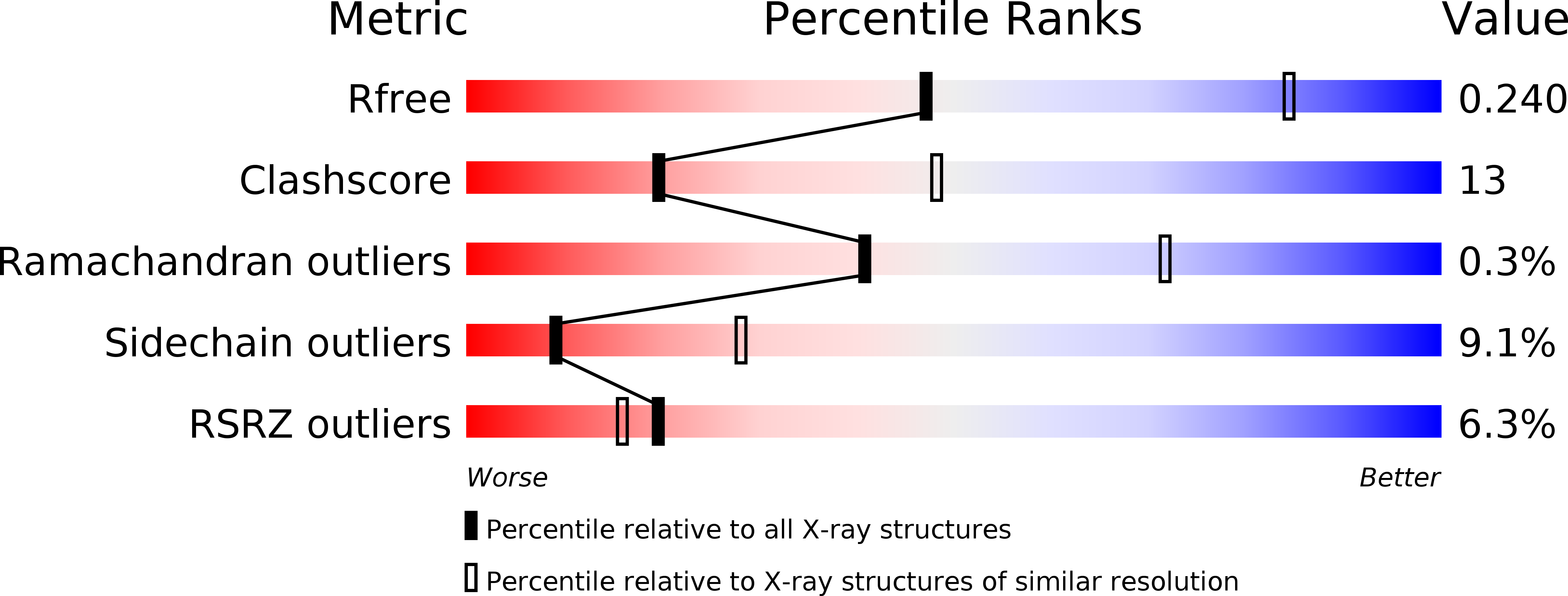
Deposition Date
2016-06-11
Release Date
2017-01-18
Last Version Date
2024-10-23
Entry Detail
Biological Source:
Source Organism:
Aromatoleum aromaticum (strain EbN1) (Taxon ID: 76114)
Method Details:
Experimental Method:
Resolution:
2.90 Å
R-Value Free:
0.23
R-Value Work:
0.19
R-Value Observed:
0.19
Space Group:
P 65 2 2


